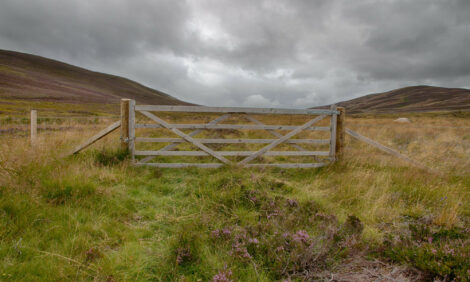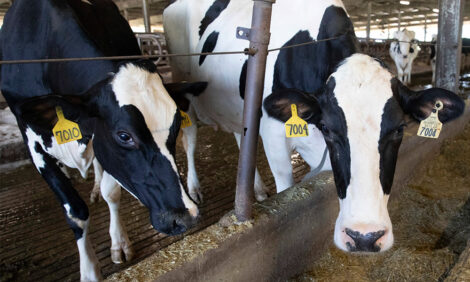



Global Significance for Tasmanian Pasture Experiment
AUSTRALIA - The results of a 12-year experiment by University of Tasmania School of Biological Science researcher Associate Professor Mark Hovenden could lead to major changes in the way farmers irrigate and fertilise the land – especially if they want to increase production by up to 90 per cent.On plots of pasture at Pontville in south-eastern Tasmania, native grasslands have been artificially exposed to increased levels of carbon dioxide (CO2) and an expected two-degree temperature rise to mimic global warming over the next 50 years.
CO2 affects how much water plants use – it increases water-use efficiency making plants more capable of coping with dry conditions.
The plant life growing on the trial plots was painstakingly measured for everything from the amount of flowers and seedlings produced to its growth rate, productivity and nutrient levels.
By the end of the experiment the research team was able to predict with 91 per cent accuracy what would happen to productivity with global warming during different seasons of the year and with varying rainfall levels.
“Being able to predict how the ecosystem will react to climate change is the Holy Grail for plant scientists – and we can now do that with more accuracy than anyone has been able to do previously because we have looked at not just annual effects of rainfall, but long-term effects related to various seasonal changes,” Associate Professor Hovenden said.
“We can now work out how much a pasture will benefit within an atmosphere that has elevated CO2 levels using seasonal rainfall totals.
“Summer rainfall had a positive effect but autumn and spring rainfall had negative effects on the CO2 response.”
“Projections that rain could reduce the stimulation by higher CO2 held true in autumn and spring, mainly because regular rainfall leads to nitrogen limitation but also because the water is plentiful in the soil.
“But summer’s typically isolated, heavy rainfall events would maximise growth because the higher CO2 concentrations would help with water retention.
“To optimise the benefit farmers will have to be careful about soil nutrient levels because there is also a link there and results could be further improved if fertiliser is applied at particular times of the year.”
Chief Investigator Associate Professor Hovenden believes that farmers will eventually find ways to improve pasture and crop production by up to 90 per cent as atmospheric conditions change with global warming - by changing their irrigation schedules to make sure they are not over-irrigating in spring and autumn when pasture would actually benefit from being water-starved short term, and irrigating more in summer when the benefits are maximised.
“My next research project will look specifically at those irrigation schedules, to find out exactly what the best conditions would be to maximise productivity,” he said.
Associate Professor Hovenden’s paper Seasonal not annual rainfall determines grassland biomass response to carbon dioxide, co-authored with Dr Paul Newton and Dr Karen Willis,was published in Nature.
TheCattleSite News Desk


